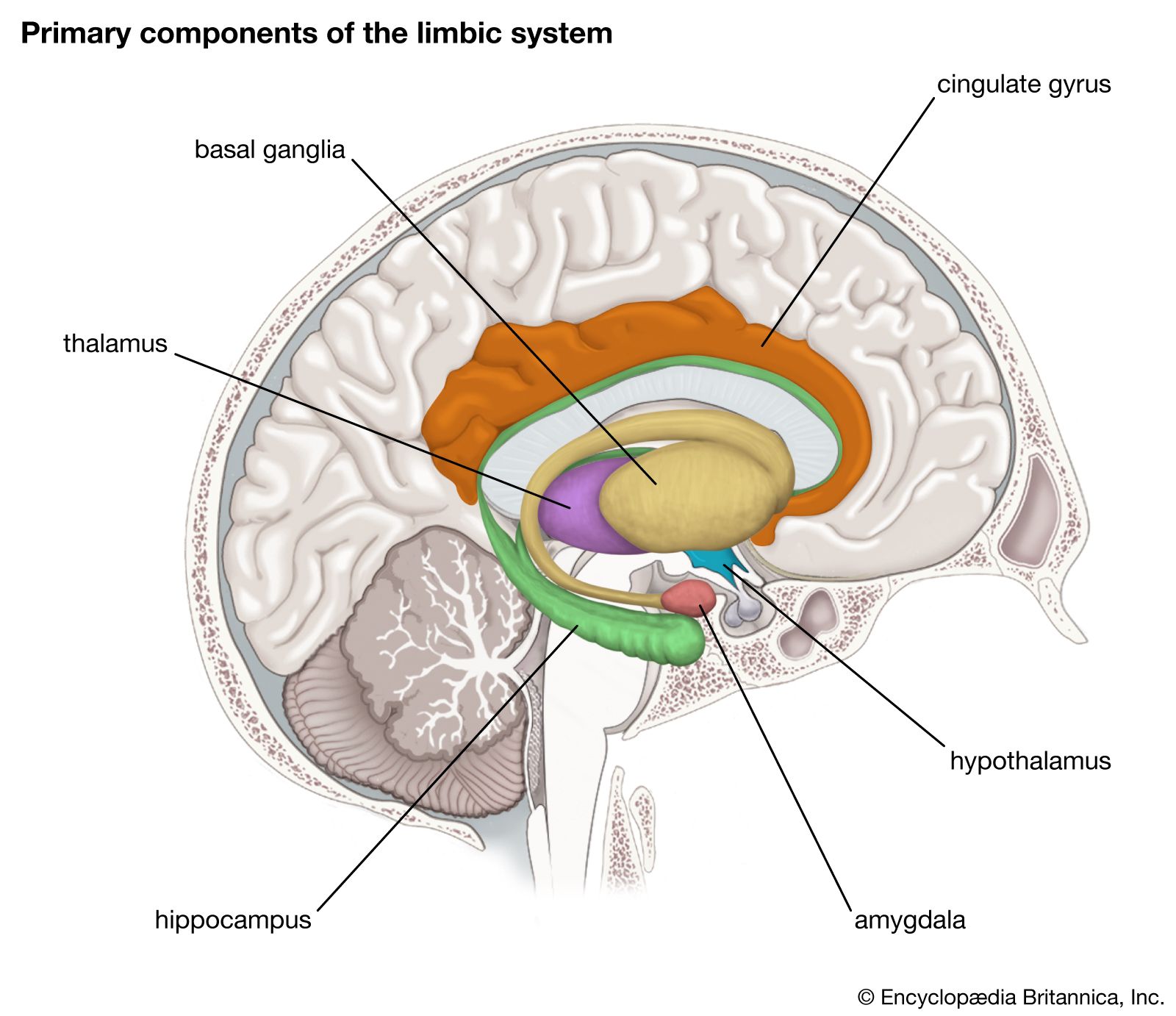
Neuroscientists have long theorized that the connections between various brain regions dictate their functions. It stands to reason; a region dedicated to language processing should have a different wiring than one focused on visual processing. However, demonstrating this link throughout the brain and its diverse functionalities had not been accomplished. Until now.
Researchers at Ohio State University examined brain scans from 1,018 individuals and discovered that connectivity patterns consistently forecast brain functionality across 33 distinct cognitive tasks. Ranging from speech to decision-making to facial recognition, each brain area possesses what the team refers to as a distinctive connectivity fingerprint. The results are published in Network Neuroscience.
Unique Fingerprints for Each Cognitive Task
Lead author Kelly Hiersche, a Ph.D. student in psychology at Ohio State, depicts the research as offering a comprehensive perspective of the brain as a whole rather than concentrating on isolated activities. Earlier studies have indicated connections between connectivity and specific skills such as perception or social cognition. This research expands the scope.
Hiersche elucidates the significance: “We found evidence indicating that connectivity serves as a core organizational principle influencing brain functionality, which is crucial for understanding the consequences when abnormalities occur within the brain.”
The researchers gathered data from the Human Connectome Project, which included MRI scans showcasing how various brain regions interconnect. They then employed NeuroQuery, an online resource that produces brain activity maps for different cognitive processes. By creating computational models that associate connectivity patterns with anticipated brain activation, they were able to forecast whether a particular region would activate during activities such as listening to music or making decisions.
Co-author Zeynep Saygin, an associate professor of psychology at Ohio State, provides an analogy: “Just as each person’s fingerprint is distinct, we discover that different brain regions have uniquely identifiable connectivity fingerprints based on the mental functions they perform.”
Tighter Connections in Advanced Skills
One surprising trend emerged: the strongest connections were found in areas that manage higher-level skills such as executive function and memory, rather than in regions dealing with sensory processing or social cognition. Hiersche speculates that the disparity may relate to developmental timelines. Sensory and social skills develop relatively rapidly in children, while executive function and memory take significantly longer to fully mature.
She hypothesizes: “These advanced skills require many years to develop, far more than sensory or social skills. The continued engagement of these brain regions for such skills may lead to a very close relationship between connectivity and functionality for these higher-order abilities.”
Senior author David Osher, an assistant professor of psychology, remarks that the study validates a theory long held by neuroscientists but not explicitly shown at this magnitude. For instance, the unique connectivity patterns of a language area are now observable and quantifiable.
Osher asserts: “It supports a widely accepted hypothesis among neuroscientists, that brain connectivity shapes brain function, but this had not been clearly demonstrated until now, and certainly not across such a broad spectrum of cognitive areas.”
The practical significance lies in establishing reference points. With a clear understanding of how connectivity and function correspond in healthy young adults, researchers can focus on studying individuals with neurological conditions and accurately identify where their brain networks deviate from normal patterns. This serves as a reference map for understanding anomalies in diseases, injuries, or developmental disorders.
Hiersche concludes: “Realizing that connectivity is a universal organizational concept of brain function throughout the brain lays a foundation for future investigations in this domain.”
The brain is extraordinarily intricate, comprising roughly 86 billion neurons that form trillions of connections. Yet, patterns exist. This study demonstrates that these patterns are reliable enough that examining how a brain region is wired can enable strong predictions about its intended functions. An impressive accomplishment for analyzing 1,018 individuals and processing the data.
Journal: Network Neuroscience
Study: https://doi.org/10.1162/netn.a.504
If our coverage has informed or inspired you, please think about making a contribution. Every donation, regardless of the amount, empowers us to continue providing accurate, engaging, and dependable science and medical news. Independent journalism necessitates time, effort, and resources—your support ensures we can keep illuminating the stories that matter most to you.